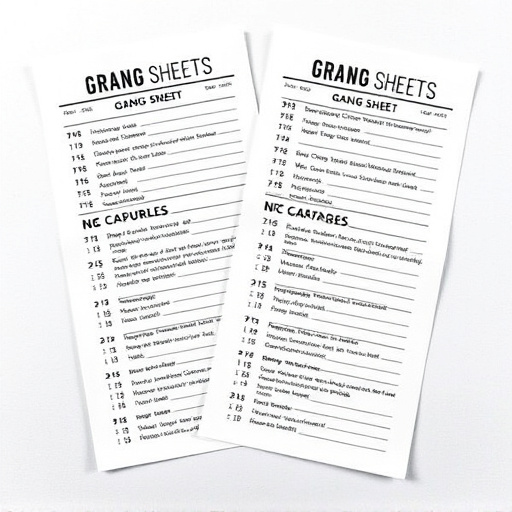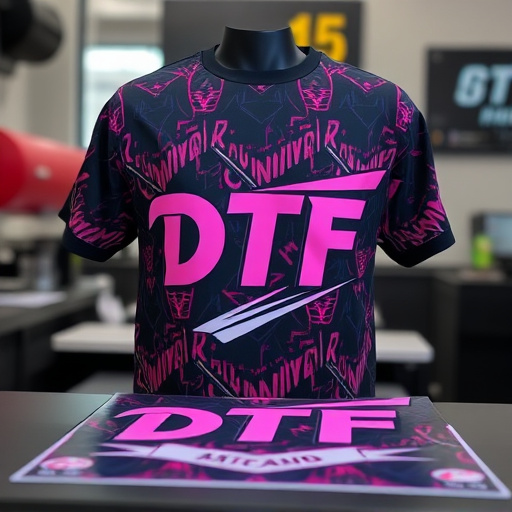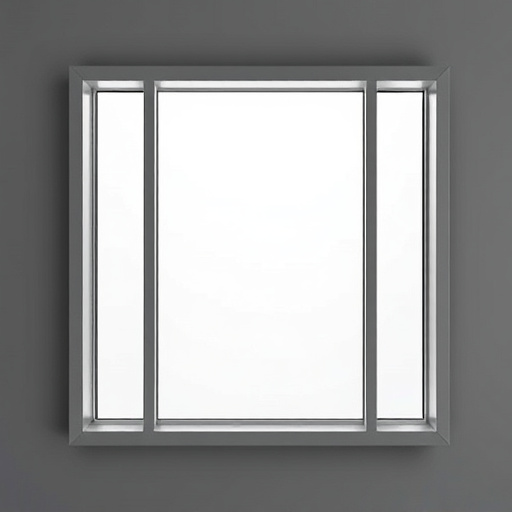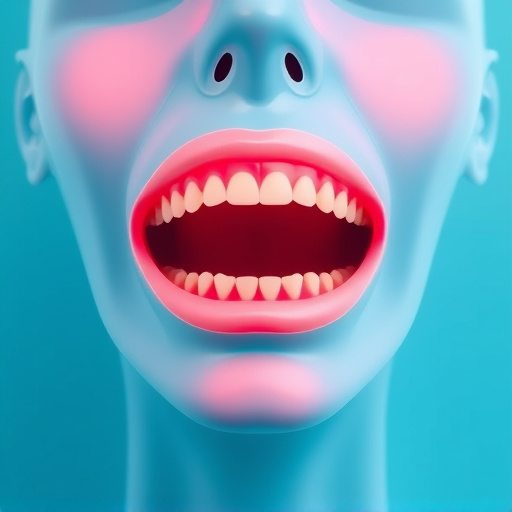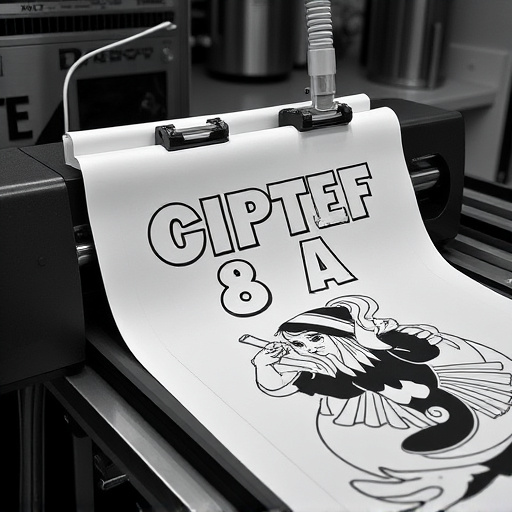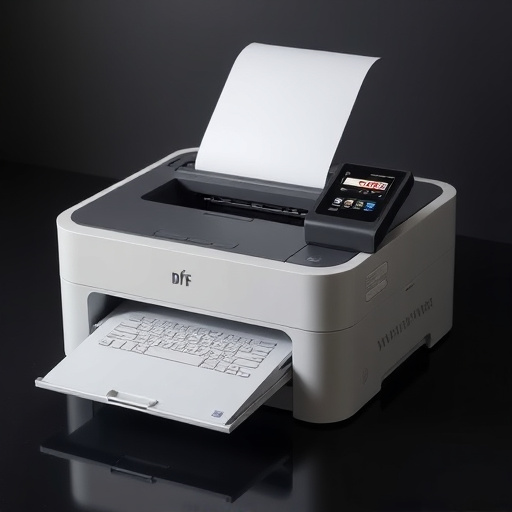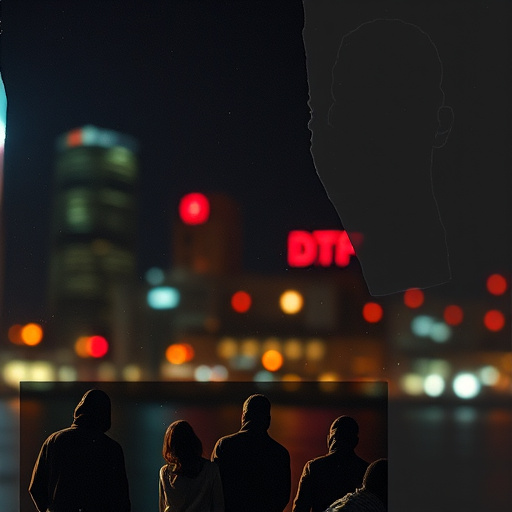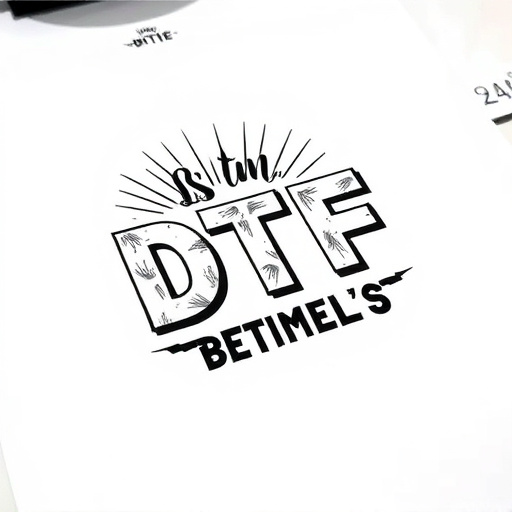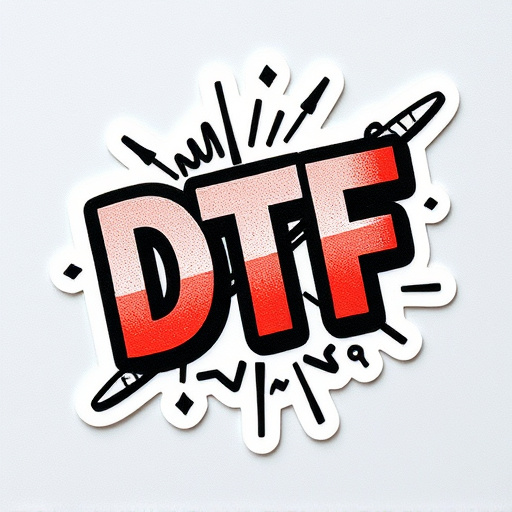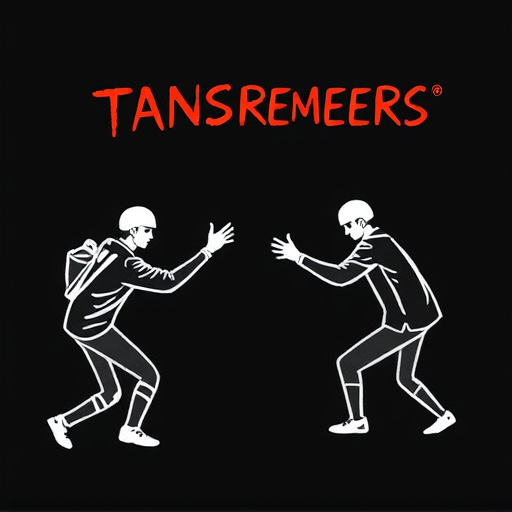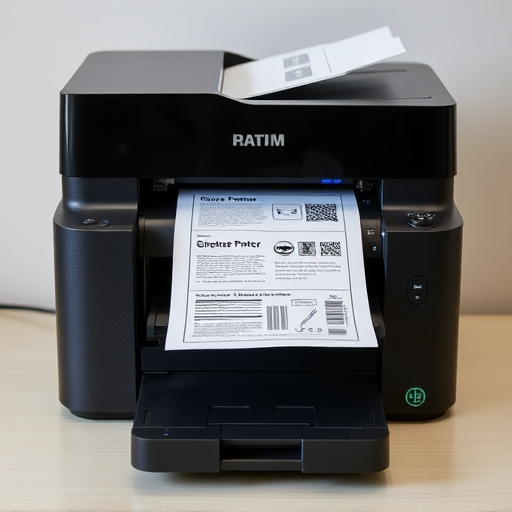The DTF Transfer Gang Sheet is a specialized printing paper for high-quality artwork transfers in print and packaging, featuring precise alignment during direct to film (DTF) printing thanks to its transparent film layer. Businesses use these custom sheets for efficient management of complex layouts, accurately reproducing intricate details on diverse materials. Design optimization tips include using high-resolution images (300 DPI or more), vector files, and considering final application like DTG printing with proper bleeds. File savings in compatible formats ensure accurate color translation, leading to vibrant prints. Precise alignment is achieved through grid lines or alignment tools, automating adjustments for consistency in resolution and color settings.
Learn the art of aligning graphics on DTF (Direct to Film) transfer gang sheets with this comprehensive guide. DTF Transfer Gang Sheets offer a versatile printing method, but achieving precise graphic placement is crucial for professional results. This article delves into understanding these sheets, preparing your designs for alignment, and exploring techniques to ensure accurate positioning. From file formats to print settings, master the process and elevate your DTF printing game.
- Understanding DTF Transfer Gang Sheets
- Preparing Your Graphics for Alignment
- Techniques for Precise Graphic Placement
Understanding DTF Transfer Gang Sheets
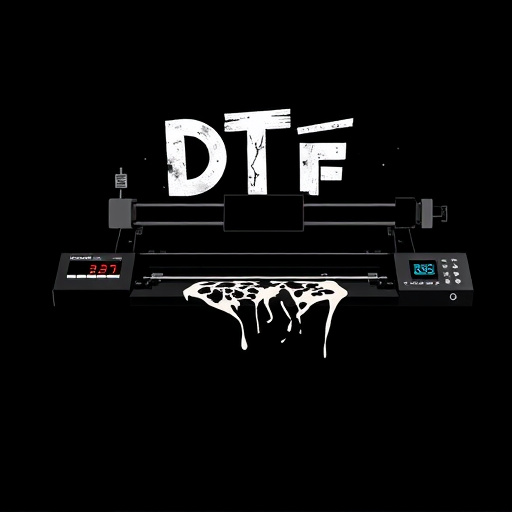
A DTF Transfer Gang Sheet is a specialized paper used in the print and packaging industry for creating high-quality, precise artwork transfers. It’s more than just a regular printing sheet; it serves as a crucial component in the direct to film (DTF) printing process. This process involves transferring detailed dtf artwork directly onto a substrate, making it ideal for custom printing projects. Custom DTF gang sheets offer a versatile solution for businesses seeking to create unique, visually appealing designs.
Understanding how DTF Transfer Gang Sheets work is essential for achieving accurate and consistent results. The sheet’s structure includes a transparent film layer that aligns with the print head during the DTF printing process. This precise alignment ensures that each color channel is perfectly positioned, resulting in vibrant and crisp artwork transfers. By utilizing these specialized sheets, printers can efficiently manage complex designs, ensuring every detail is reproduced accurately on various materials.
Preparing Your Graphics for Alignment
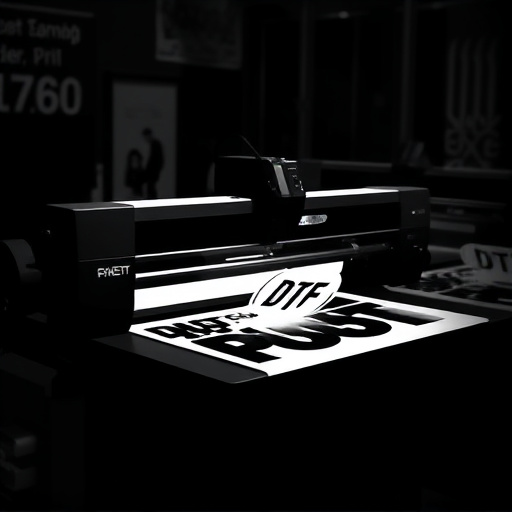
When preparing graphics for alignment on a DTF Transfer Gang Sheet, it’s crucial to ensure your designs are optimized for accurate and crisp printing. Start by selecting high-resolution images or vector files—at least 300 DPI (dots per inch) for optimal clarity. Use graphic design software to arrange your artwork precisely, double-checking that all elements align with the template provided by your DTF transfer manufacturer. This meticulous step is vital as it ensures seamless integration of your designs onto the transfer film.
Next, consider the final application—whether it’s for printing on DTG (Direct-To-Garment) shirts or other materials. Ensure your graphics are designed with proper bleeds to account for any potential movement during the printing process. Save your files in a format compatible with DTF transfer printers, often a specific version of PDF or AI. This ensures that all details and colors translate accurately onto the dtf design transfers, ultimately resulting in high-quality, vibrant dtf printed shirts.
Techniques for Precise Graphic Placement

When aligning graphics on a DTF Transfer Gang Sheet, precision is key to achieving high-quality prints. Start by using grid lines or alignment tools provided by your graphic design software. These tools allow for exact positioning and ensure that each element of your dtf artwork transfers accurately to the garment.
Consider utilizing a DTF gang sheet builder, which can automate many of these adjustments. This tool simplifies the process by aligning elements based on their shapes and sizes, facilitating quicker setup. Additionally, maintain consistent resolution and color settings throughout the design process to prevent any misalignments during the transfer stage, ensuring your dtf fast delivery meets expectations.
When it comes to mastering the art of aligning graphics on DTF Transfer Gang Sheets, the key lies in understanding the sheet’s unique properties and employing precise techniques. By preparing your graphics appropriately and utilizing various alignment methods, you can ensure that your designs transfer accurately and flawlessly onto a variety of materials. Remember, the right setup and attention to detail will make all the difference in achieving professional-looking results with DTF Transfer Gang Sheets.


